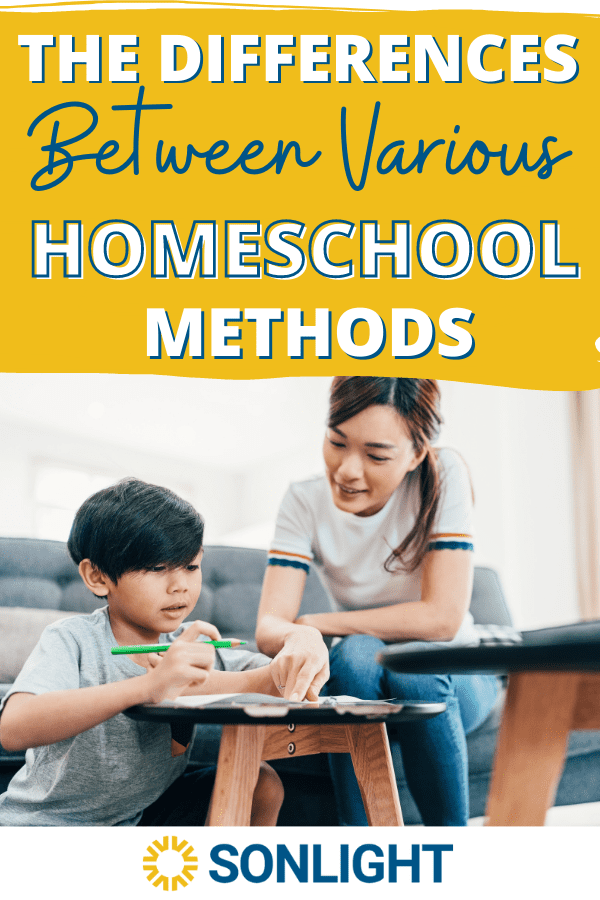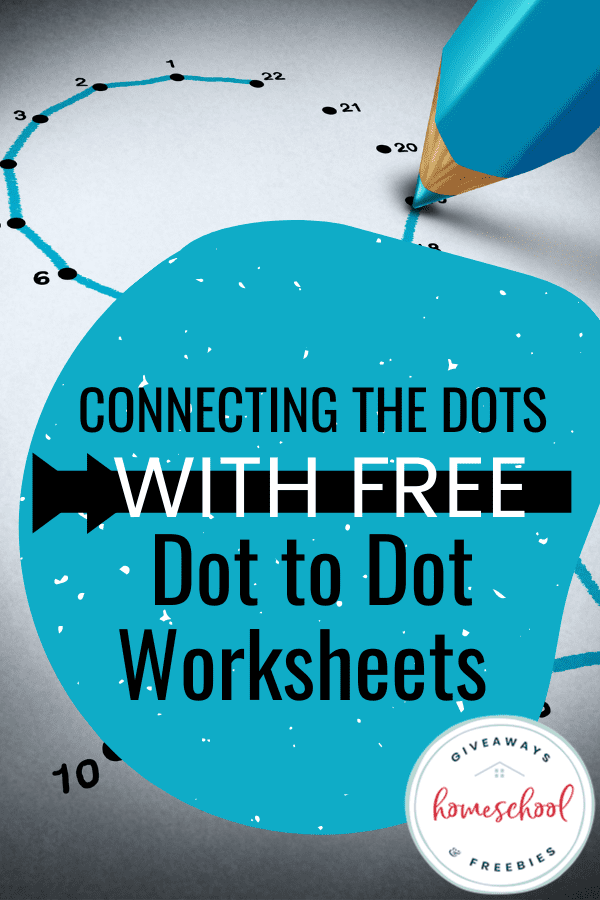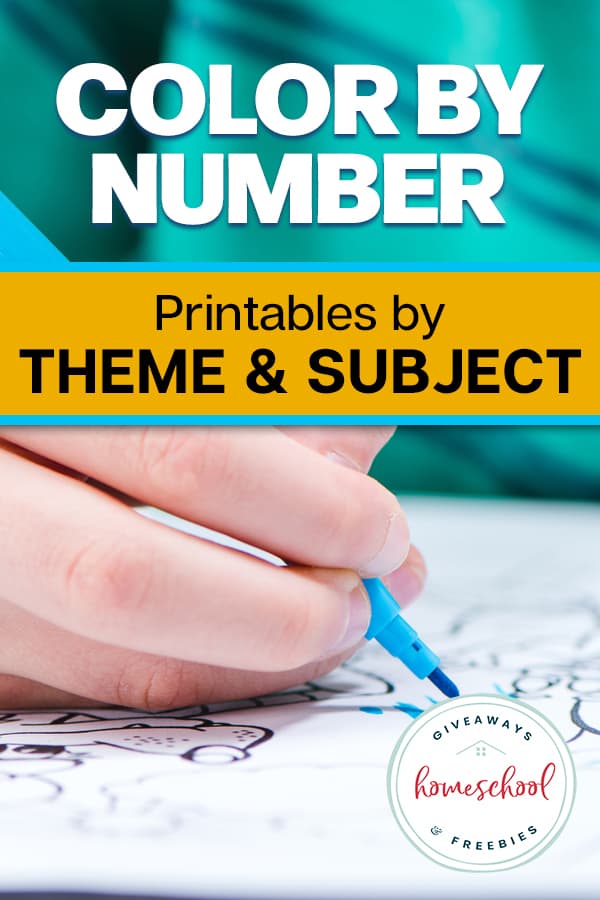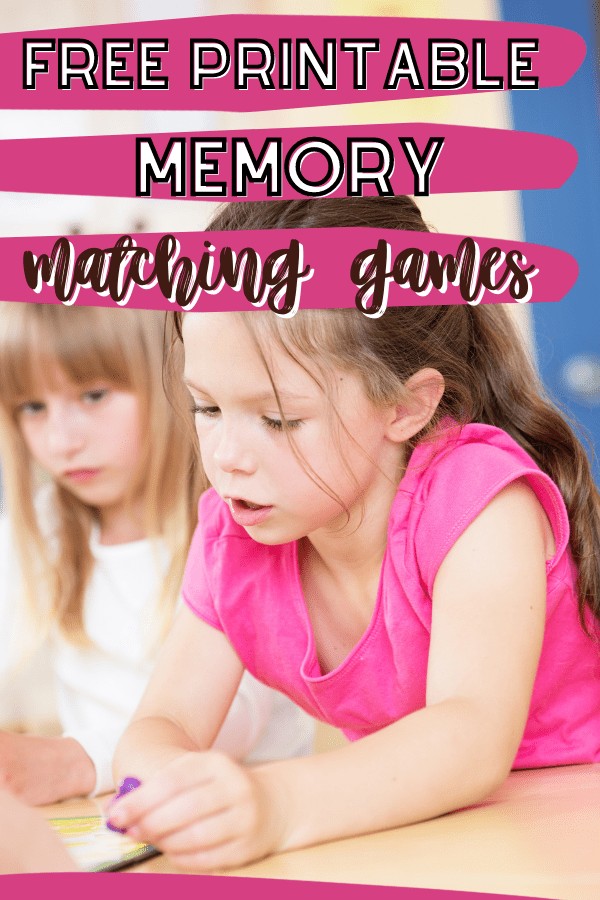Tips for Using Narration in Your Homeschool & Narration Cheat Sheet FREEBIE
Published:
September 30, 2019

Contributor:
Abby Banks
Disclosure: This post may contain affiliate links, meaning if you decide to make a purchase via my links, I may earn a commission at no additional cost to you. See my disclosure for more info.
With my fifth go-around of homeschooling a first grader, I’m loving the narration method even more than before. Now, lest you think I’m a Charlotte Mason purist, let me set the record straight. I pull from various philosophies and styles and consider our homeschool a great eclectic mix.
Why is this background important when discussing narration?
Well, I’ve found that many homeschool moms feel like if they can’t commit to an entire philosophy (like Charlotte Mason), then they can’t use any of it. And I want you to know that this isn’t true!

I think one of the easiest methods of hers to use with kids of all ages is narration. And if you want to move away from reams of worksheets as your primary schooling method, then narration will be a great tool for you.
Narration also works beautifully in homeschools that prefer to use living books rather than dry, boring textbooks for information and learning.
Narration is also a great tool that you can start using today! Here are a few tips for getting started.
Be sure to download the Narration Cheatsheet Freebie below!
Start with just one subject
It’s easy to get overwhelmed with a new technique or resource. Instead, go easy on yourself and your kids by just starting narration with just one subject.
Which ones are easiest to use narration with?
- History
- Science
- Living book, read-aloud, or chapter book
Keep it oral at first
Narration can be difficult if you require it to be written right away. But if your child can summarize what they’ve just read orally – then even a 5 year old can do it!
I’ve enjoyed hearing my youngest learn how to do narrations this year in first grade. She narrates the chapter book she’s reading, she narrates the key points from her art history videos, and she even narrates back the process of metamorphosis after watching a science video.
Gradually add written narration
As your child gets used to narrating, you can start to transition to written responses. This practice prepares them for eventual original composition.
For the youngest kids (or even an older child trying narration for the first time), you can have them orally narrate while you write down what they say. Then have them use a sentence or two of their own narration as copywork.
Expand its usage for higher-order level thinking assessments
When you compare original narrations with low level tests that include only fill-in-the-blank or matching exercises, then you can see the value of using narration as an assessment tool.
If your kids can compare, contrast, put ideas together (synthesize) or apply their knowledge, then you can be assured that they really know the content! This is the beauty of narration.
And it’s not just for elementary kids!
You can use narration as an assessment tool for your middle and high schoolers as well. In fact, kids with dyslexia will probably excel when assessed like this.
My high schooler with dyslexia can’t handle the standard tests that include tons of low level facts. All the details just get lost with him!
But, dyslexics are great at seeing the big picture and they are also brilliant with making new connections (synthesis), comparison, and application. I need to include more narration assessments for my dyslexic son to help him succeed. And if you have a struggling learner in your homeschool, narration might be a great resource for you too.
Do you want to start incorporating narration into your school day and see fantastic results?
If you want to learn more about how we use narration in our non-Charlotte Mason homeschool, then click the link below – and grab a FREE narration cheat sheet at 4onemore.com








